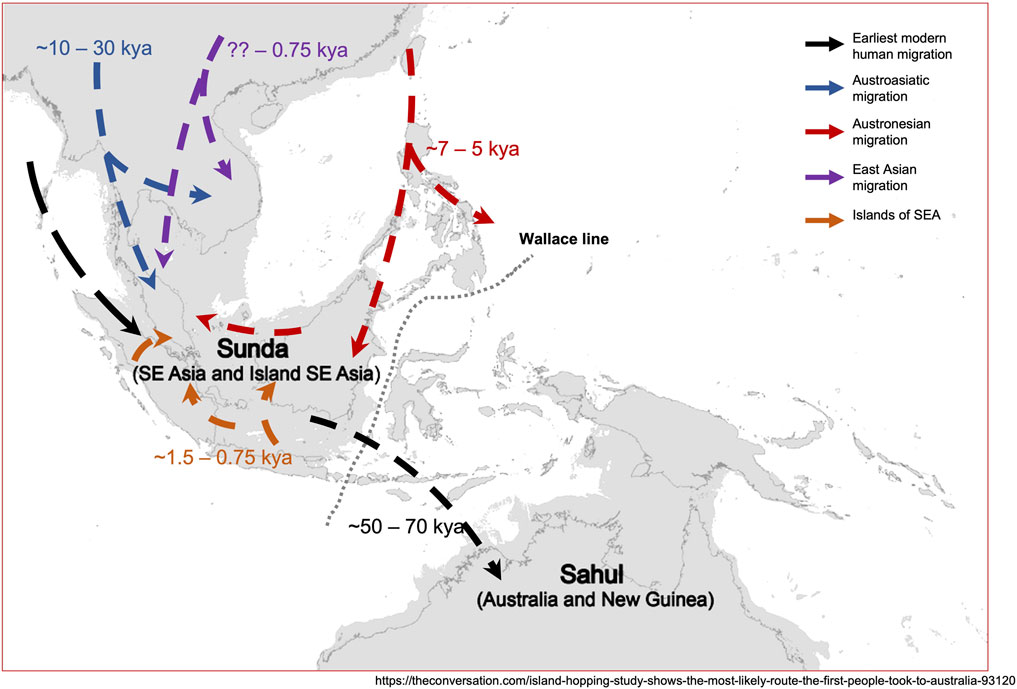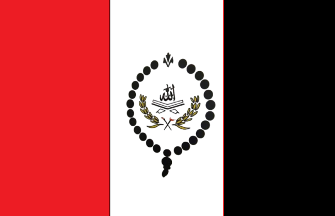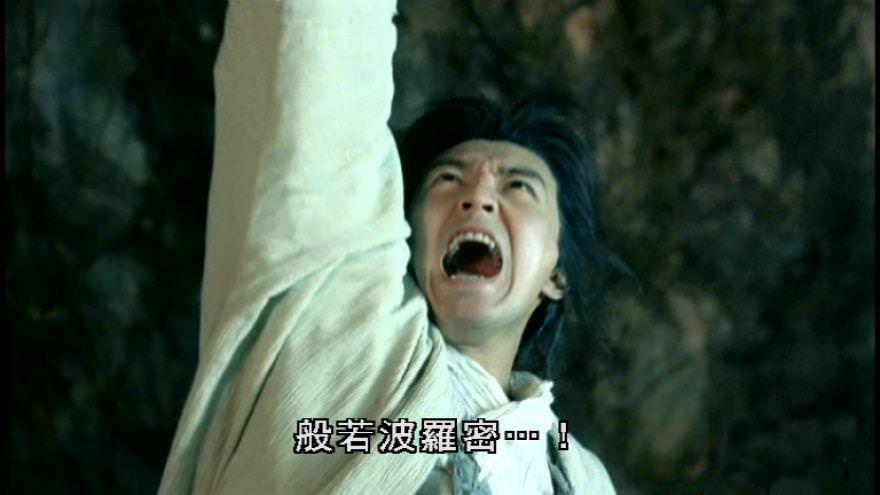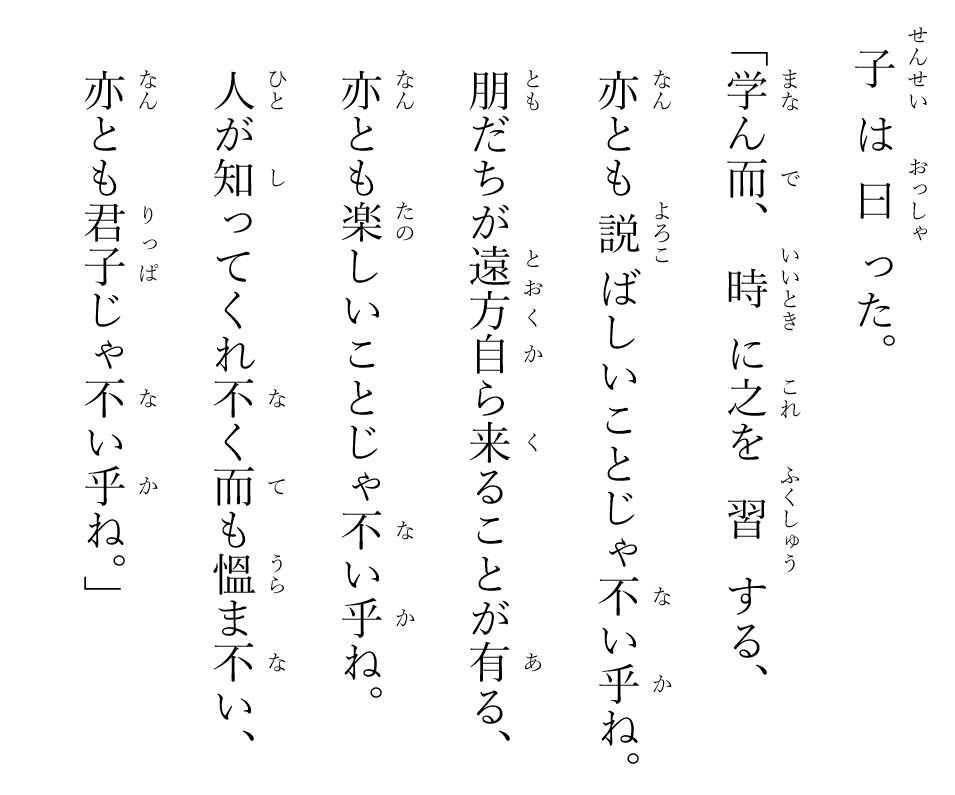Lady Bubalus and the half-blood princess
Johl (جوهل) is a unique region within the Minangkabau State. It appears to be the only polity explicitly recognizing the proto-Malay genetic lineage within the ancestral history of its royal family. The acknowledgment of Lady Bubalus1 or Nenek Kerbau (c. 300 years ago) provides a fascinating glimpse into the hybrid ethnic heritage of the region, reinforcing the complex interplay between indigenous Austronesian groups and later cultural influences in the Thai-Malay Peninsula.

According to Lister (1887), only four domains existed in the beginning, apart from Johl, we have the tin-rich Sungei Ujong(f), the mountainous Jelebu(e), and Klang along the coastal line. Among them, Johl was the most politically active region and it had endured multiple instances of territorial fracturing.

Johl1 (a) was initially disintegrated into Sri Menanti2 (b), Ulu Muar3 (b), Jempol4 (b), and Gemencheh(b). Over time, further fragmentations resulted in states of even smaller size, namely Inas5 (b), Gunung Pasir6 (b), and Terachi7 (b). In 1876, these states (except Gemencheh) were reorganized by Jervois and a federation of states was formed with Antah as the supreme leader since he was the Yamtuan of Sri Menanti. Following an agreement inked on 13 July 1889, to this Sri Menanti ensemble of seven states was added Rembau8 (c) and Tampin9 (d). The final merger took place on 8 August 1895 when Jelebu10 (e) and Sungei Ujong11 (f) were added to the confederation of six polities.



















- Following Buyong Adil (1981), a list of Dato Undang in Johl is given below.
- Nenek Kerbau ♀ + Johl ♂
- Puteri Siti Awan ♀ (r. 1723 - 1747) + Liman ♂.
- Puteri Rambut Panjang ♀ (r. 1747 - 1760)
- Puteri Siti Awan II ♀ (r. 1760 - 1790)
- Rambut Jantan ♂ (r. 1790 - 1810)
- Nuri ♂ (r. 1810 - 1820)
- Abu Bakar Gubah or Tok Buncit ♂ (r. 1820 - 1840)
- Wan Eto Rubah or Dato Saeto ♂ (r. 1840 - 1901)
- Wan Omar b. Wan Hasan ♂ (r. 1901 - 1918)
- Kamat b. Haji Sulaiman ♂ (r. 1918 - 1949)
Legend has it that the first holder of the office, Puteri Siti Awan (Lady Sinnepho), was a half-blood princess. She was the union of a Biduanda named Nenek Kerbau (Lady Bubalus) and a Minangkabau named Johl. The husband of Puteri Siti Awan was a Malay aristocrat named Liman. In 1699, the power and administrative structure in Al-Jwhri (الجوهري) faced a brief perturbation following the murder of Mahmud II, which may have prompted Liman, the holder of Bendahara Sekudai to vacate his seat and relocate to Johl. The union of Lady Sinnepho and Bendahara Liman, was then installed as the second Undang of Johl. Her name was Puteri Rambut Ranjang or Princess Makriamallia.
However, Sjarifoedin (2020) tells us that Biduanda tribe is an admixture of the aborigines in the Peninsula and Minangkabau emigrants and thus Lady Bubalus herself was a half-blood princess.
The Malay name Siti is loaned from Arabic sittī (سيّدتي), which comes from sitt (سِتّ) meaning ‘lady' and the possessive suffix -ī (my), translating to ‘My Lady'. Siti Awan can therefore be approximated as Lady Sinnepho (Σύννεφο).

A political map of Thai-Malay peninsula, compiled by T. Moniot, Surveyor General of the Straits Settlements (1862). Rembau (spelt Ranbow in the map) was the toponym used to mark the terrain consists of Segamat, Muar, Johl and Rembau. Sungei Ujong (spelt Sunghy Ujong in the map) was parked under Selangor (spelt Salangore in the map). While Jelebu was not explicitly marked, the map suggests that its modern territory was historically divided between Selangor and Pahang. In the 9th edition of the Encyclopaedia Britannica, Negeri Sembilan appears on one of the maps appended in Volume 15 (1883), but its territory is shown as encompassing only Rembau and Johol. It did not extend to Sungai Ujong, Jelebu, Naning, Muar, or Segamat.
- The Senoi word for single (♀ or ♂) and married/couple (♀ + ♂) are bujang and kelamin, respectively, e.g. mai de bujang vs. mai de ya bekelamin.
In Malay, kelamin has a slightly extended, albeit narrower, meaning, particularly in alat kelamin, which refers to the apparatus for sexual coupling. Although the Senoi do have a word for genitalia, i.e. selnel, the word is not incorporated into the Malay corpus.
Following Dentan (1968), Senoi culture places particular emphasis on the distinction between sexual and non-sexual body parts. Both Senoi men and women appreciate well-rounded breasts, referring to it (and any spherical artifact) as mem. However, this interest is associated strictly with nourishment rather than sexuality, and mem are not considered part of the selnel or kemaluan. The strictly nutritional role of mem in Senoi culture is evident in the fact that Senoi women are sometimes seen breastfeeding their pet animals.
Senoi women typically wear sarongs to cover their selnel but leave their mem exposed, except in the presence of Malays (p. 17), when they choose to cover them, probably of out inter-cultural politeness. Like any culture, sexual modesty is focused on concealing the selnel. For instance, when bathing, the Senoi keep their hands over their selnel until they are fully submerged (p. 63).
Note that Senoi's mem is likely etymologically related to mamma, the Latin word for the same apparatus. The term is also related to the word 𩜠 (mam) in Southern Chinese dialects:《集韻》母敢切:𩜠,吳人謂哺子曰𩜠, e.g. 食𩜠𩜠 (sik6 mam1 mam1). The glyph is sometimes rendered with the woman-radical instead of the food-radical: 㛧 (mǎn). The word selnel originates from selsel, which closely resembles the pronunciation of 羞羞.

The traditional Khmer-Thai women’s dress code remained largely unchanged for centuries, until the Government of Thailand issued a directive following the Siamese revolution of 1932.
In 1939, the women were told not to: show their bare body (plueai-kaai เปลือยกาย) or their upper chest (thon-bon ท่อนบน), wear a chest band (phaa-thaep ผ้าแถบ), have on only an innershirt/innergarment (seua chan-nai เสื้อชั้นใน), or carry something on the head. Instead, they are advised to: keep their hair long (ไว้ผมยาว wai phom yaao), wear a clean and neat outer garment, and wear a skirt (นุ่งผ้าสั้น nung phaa san) or a sarong (ผ้าถุง phaa-thung).
- John Crawfurd (1820) History of the Indian archipelago: Containing an account of the manners, arts, languages, religions, institutions, and commerce of its inhabitants. Volume 1. Archibald Constable and Company, Edinburgh. See also B. P. Hoh, L. Deng and S. Xu (2022) The peopling and migration history of the natives in Peninsular Malaysia and Borneo: A glimpse on the studies over the past 100 years. Frontiers in Genetics, 13:767018. doi: 10.3389/fgene.2022.767018.
- Notable post-1699 rebellions by Orang Laut are listed by Andaya (1975, p. 227): Selangor and Klang (1702), Minangkabau in interior Siak (1705), Rembau and Indragiri (1706), Batu Bahara and Deli (1707).
- The name of Johor is rendered explicitly when it was used conjointly with the title of Sultan, namely
من هضرة السلطان الجوهري
min Ḥaḍrat Al-Sultan Al-Jwhri
from His Majesty Al-Sultan Al-Jawhari
This rendering can be found in the seal of Tun Abdul Jamil (d. 1688), the Laksamana of Johor, to mark the bestower of the seal (see Gallop, p. 305).
In 1861/62, the last vowel was dropped in the seal of Temenggung Abu Bakar when he chosed to call himself
Sri Maharaja Raja Johr
سري مهراج راج جوهر
In European maps, the place name was rendered as- Ihor (1630, Indiae Orientalis Nova Descriptio by Johannes Janssonius)
- Iar/Ior? (1652, Asiae Descriptio Nova Impensis Henrici Seile). In the map, Pahang is spelt Pahago, Selangor is spelt Solagor, Perak is spelt Pera, Tioman is spelt Timgon.
- Ihor (1652, India quæ Orientalis dicitur)
- Ior (1657, Johannes Janssonius)
- Iohr (1675, John Seller)
- Iohr (1683, Cantelli da Vignola)
- Ihor (1683, Cantelli da Vignola)
- Ihor (1686, Carte du royaume de Siam et des pays circonvoisins)
- Ihor (1719, Chatelain Map of East Asia: China, Korea, Japan, India, East Indies)
- Iohr (1719)
- Djohor (1754),
- Joor (1755)
However, in his Journal and historical account of the remarkable voyage made to the East Indies and China with eleven ships (1648), Matelief rendered the place name as Johor (see p. 6).
. . . om den koningh ban Johor tehelpen die (soo vander Hagen bertelt hadde) ban de Portugesen ban Malacca belegert was . . .
. . . (27 January 1606) to help the King of Johor, who as Steven van der Hagen (b. 1563, d. 1621) had reported, was besieged by the Portuguese from Malacca . . . [In 1589, Batu Sawar was attacked by Portuguese and Sultan Ali Jalla Abd al-Jalil Shah II fled. This king was the husband to Raja Fatimah bint Sultan Alauddin Riayat Shah II. Thus technically, he was the grandson-in-law to Sultan Mahmud]

V and I can serve as both consonant and vowel in medieval orthography. For example, on this coin, Divus Julius is spelt DIVVS IVLIVS. J was formally introduced by Gian Giorgio Trissino (b. 1478, d. 1550) in 1524 and adoption took centuries. By 18th century, J had become the standard in Portuguese spelling.
- Terachi was part of Sungei Ujong.
| Luak with voting rights | Macroprinceps | British officer |
|---|---|---|
| Johl1, 2, 3, 4, 5, 6, 7 (Federation of Sri Menanti) | Dato Undang I, ♀ | Collector and Magistrate (1887) |
| Sungei Ujong | Dato Undang II, ♂ | Assistant Resident (1874) |
| Dato Undang III, ♂ | ||
| Jelebu | Dato Undang IIII, ♂ | Collector (1885) |

| Luak without voting rights | Microprinceps | British officer |
|---|---|---|
| Rembau8 | Dato I, ♂ | Revenue officer |
| Naning (absorbed into Melaka) | Dato II, ♂ | |
| Jelai (absorbed into Pahang) | Dato III, ♂ | |
| Segamat (absorbed into Muar) | Dato IIII, ♂ | |
| Pasir Besar (absorbed into Muar) | Dato V, ♂ |
of the Nine States on 23 November 1876
We, the undersigned, have appeared before His Excellency the Governor of the Straits Settlements, with a view to making an agreement for securing the peace and tranquility of the countries over which we govern, or which we represent. We give this paper as a token of our good faith, and promise as follows:
2. We desire to live in peace in our own States, and to recognize Tengku Antah as Yamtuan of Sri Menanti, having authority over Sri Menanti, Johol, Muar, Jempol, Terachi, Gunung Pasir, and Inas.
3. We promise that we will in no way molest the neighboring States, Rembau, Sungei Ujong, and Jelebu, who do not desire to form part of the confederation under the Yamtuan Besar, and it is understood that these three States are wholly distinct.
4. We promise that peaceful persons, whether Malays or Chinese or others, desirous of trading in our countries shall have full liberty to do so, and shall be unmolested.
5. We further expressed our regret at the late disturbances which have happened in the Nine States, and we promise that those persons who have been friendly to the British Government during or since these disturbances shall be in no way molested.
6. And we agree that in case of any dispute or difficulty arising among our States which we are unable to settle, we will refer for advice to His Highness the Maharaja of Johore.
7. We agree that from this time the Yamtuan will use no other chop than one worded as follows:
al-Wathiq bi-rabb ghafur Yamtuan Tengku Antah Sri Menantiexcept on the present condition, the chop not being ready.
ibnu al-Marhum Yamtuan Raja Radin, Sanat 1293
الواثق برب غفور يمتوان تڠکو انته سري مننتي
ابن المرحوم يمتوان راج رادين سنة ١٢٩٣
Mark of Dato' Terachi
Mark of Representative of Dato' Gunung Pasir
Mark of Representivative of Dato' Inas
Chop of Dato' Muar
Chop of Dato' Johol
Chop of Tengku Antah
- See Appendix B in C. N. Parkinson (1960) British intervention in Malaya 1867 - 1877, University of Malaya Press, Singapore, p. 326.
- Rembau and Tampin were merged into the 1867 confederation on 13 July 1889. Gemencheh and Air Kuning were likely among the original nine members of the confederation, though it remains unclear why they were omitted when the agreement was signed. In 1889, both were united under Tampin. Jelebu and Sungei Ujong joined the confederation later, on 8 August 1895. Notably, the name of the confederation remained unchanged despite the apparent increase in participating polities from 1867 to 1895. This fact was noticed by Parkinson and he remarked (p. 163):
. . . British officials of this period were apt to be impatient with the sultans and ministers of the Malay States. They were tempted to regard the Malays as stupid (which they were not) and unreliable (which they may well have been). It was only when they visited the Negri Sembilan, the hinterland of Malacca, that they realized how comparatively advanced and civilized the other Malays were. They folk of what we now call the Negri Sembilan, or Nine States, were not really Malays at all and their States added up to practically every number except nine . . .
On 29 April 1898, when the son of Yamtuan Antah was installed, there were present representatives of Sungei Ujong, Jelebu, Johol, Rembau, Tampin, Muar, Terachi, Jempol, Gunung Pasir, Inas, Gemencheh, and Linggi. If Sri Menanti was to included, the entity count was 13.
- The original seal prepared for the 1876 Treaty reads: al-Wathiq bi-Allah al-Malik al-Mannan al-Sultan Antah Sikandar Shah ibn al-Marhum Sultan Radin Shah, Lembaga Rembau, Sanat 1293 الواثق بالله الملك المنان السلطان انته سکندر شاه ابن المرحوم سلطان رادين شاه لمبݢ رمبو سنه ١٢٩٣. The reason for not using the seal is not known but it is likely that the minor chiefs voted against to the use of al-Sultan in the seal. In 1909, Yam Tuan Muhammad tried to resurface the same issue but was again rejected by the British. The Yam Tuan complained to John Anderson:
. . . I have come about two matters. My right to use the title of Sultan, which has been questioned by Mr. Campbell and the action taken by me in connection with the election of the Orang Kaya Bongsu in Sri Menanti. I am unable to see wherein lies the difficulty as regards the assumption of the title Sultan. Mr. Birch had a seal made for me which was paid for out of Government funds and it bore the title of Sultan. I believe Mr. Birch was right in doing this because up to the time of Yam Tuan Janggut seals bearing the title of Sultan had been used. Raja Melewar used two - one designed on the lines of the seal of the Minangkabau Sultans and the other, copied from the seal of the Sultans of Johor. After the civil wars, the supporters of Tengku Antah supplied him with a third seal also bearing the title Sultan . . .
See A. T. Gallop (2019) Malay Seals from the Islamic World of Southeast Asia, NUS Press, p. 408.





Comments